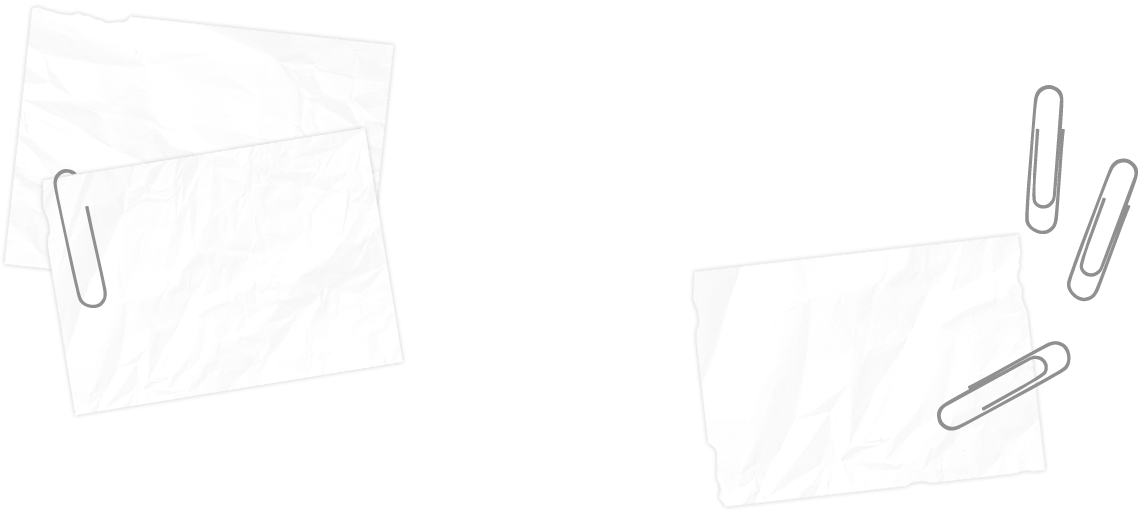The “non-toxic” label - what does it really mean?
- Michelle Beard
- Sep 7, 2016
- 4 min read

Up until recently I hadn’t given the non-toxic label much thought, until I was contemplating putting them on the front of my Ecomonkey labels (I make paint and playdough over at www.ecomonkey.nz)
After researching I was surprised to know it was a mostly redundant label in terms of what we think it means, and I was shocked to know what actually constitutes a “non-toxic” substance versus a “toxic” substance.
So what do we think it means? That it is safe for the environment? safe to ingest? wont cause harm...? right?
But what does it really mean? It means that the ingredients have been tested singularly or as a whole (mixture) on animals and will not cause serious harm if ingested, inhaled or if you have skin contact with it. Key words here are "serious" and "tested".

Now toxicology testing has changed over the years, not so much so that animals have ceased to be used for testing… no. The amount they suffer has been reduced… ever so slightly…. let’s be honest they just put them out of their suffering before they die naturally of exposure to the introduced toxin.
It used to be that a non-toxic substance could be labelled as such because it was tested on a small animal (such as a rat) for 2 weeks and 50% of the test subjects survived past the 14 day period (median lethal dose - LD50).
This test, based on what is now considered bad science has not been recognized by the OECD since 2001, but it from what I can gather is not yet banned in NZ and is still used sporadically within some research labs... I'm looking at you Lincoln university!

The new OECD recognised test has now changed from the 14 day test, where toxicity was measured when death was the endpoint, to a test where only “moderately toxic concentrations” are used and death was no longer the end point.
The subject (usually a small animal such as a rat) is given “moderately toxic concentrations” until “evident toxicity” occurs. Depending on the presence or absence of signs of evident toxicity, the possible toxin is increased or decreased.
Until the animal displays this “evident toxicity” which is when the animal displays signs of severe distress such as tremors, unconsciousness, severe body weight loss, internal bleeding, cessation of breathing or cardiac arrest… it is considered “toxic”. If the animal only displays signs of medium distress such as vomiting, temporary unconsciousness, weakness, light sensitivity or shortness of breath you are good to call it “non-toxic”.
I worked for a woman whose husband was involved in NZ animal testing, it was a weird job that involved strange menial tasks for actually pretty good money. It was the early 2000s and there were anti animal testing protests going on, threats had been made against her family, they were cagey, secretive and paranoid.
I was carefully watched at first, then finally trusted after I found a gold ruby ring in the library whilst organising and promptly handed it to the wife, later I wondered if it was a test… would she hand in this 30-thousand-dollar ring she wondered? I did.
I was trusted within the husbands 2-bedroom office, which used to be the servant’s quarters that overlooked the gated courtyard where a magnificent magnolia stood.
Hundreds upon hundreds of vivisection and toxicology magazines and journals were to be organised by myself and filed by date and issue number onto newly erected wooden oak bookcases.
It was here where I saw animals, weeping eyes held open, mouths aghast. Small faces poked out from white containers, necks being held tight against the plastic, displayed like decapitated heads lined up from left to right. Shaved sides and open wounds. Was I looking at a film horror magazine? Were these journals for real?
Ironically she was insistent on only using natural cleaning products, and it was here where I learned all about the use of vinegar, orange oil and baking soda around the house. I wonder now if she was aware of the other chemical based cleaning products that were being tested on animals by her husband?
Did she secretly know that the label “non-toxic” was as bogus as her strawberry blonde tresses? Did she know that at the time “non-toxic” meant that sometimes only 50% of the animals survived through that 2-week toxicology test after a bombardment of chemicals being forced into their tiny little bodies?
Animal testing is a hard topic because at some point everything has been tested on animals… every ingredient, natural and unnatural. Salt for example has been tested on animals to find a toxicity point. All essential oils in the past have been tested on animals to find its median lethal dose. I use essential oils!
A company with a natural product, who goes out of its way to disclose its plant based ingredients - not just the "active" ones, and not test the finished product on an animal. I respect them wholeheartedly.

Animal testing in NZ statistics, SAFE.
I understand the reasons for and against animal testing and I made a concerted effort years ago to swap to plant based cleaners and natural products that were not tested on animals, but it was a long process that costs money so I applaud those companies that are creating great natural products that don’t break the bank.
Now after all the research I'm not sure if I want to put the non toxic label on my products, does it really mean anything anymore?
Just because a substance has the label non toxic it doesn’t mean that it won’t cause birth defects, make you go blind, cause cancer, affect the chemicals in your brain or disrupt your hormones if you ingest it in large doses. On the flip side a clinically tested non toxic substance could be completely safe and beneficial to your health. It is only a guideline that works on a sliding scale dependent on the amount of substance used… it is a line in the sand that is somewhat muddled.
At the end of the day it is important to use your own judgement with products, research where you can and make the right choices for your family.
:)
















































Comments